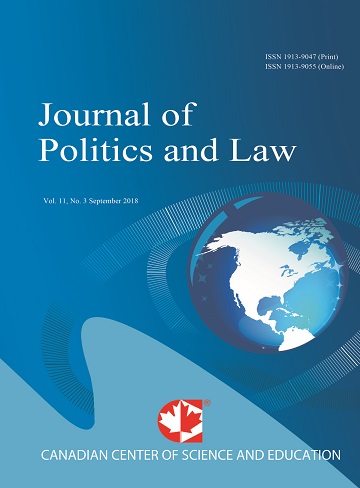Analyzing the Fragmented Sri Lankan Muslim Politics in Post-Ashraff Era
- Mohammad Agus Yusoff
- Athambawa Sarjoon
- Zawiyah Mohd Zain
Abstract
The traditional Muslim politics in Sri Lanka transformed with the formation of Sri Lanka Muslim Congress (SLMC) and its active communal politics under its founder-leader, M.H.M.Ashraff. While representing the interests of the Muslim community, particularly those living in the north-eastern region, SLMC through its politics of bargaining and consensus voiced and advocated for the interests, rights and privileges of the Muslim community as well as contributed to their socio-economic and cultural upliftment at the crossroad of ethnic conflict and civil war. Although SLMC received popular mandate from the Muslim community, the party fell into fragmentation with the unexpected demise of its founder-leader in 2000, and splits were instigated shortly. This fragmentation caused a severe effect in the distinct path of Muslim politics in Sri Lanka. This study examines the fragmented nature and the trends of Muslim politics, particularly the politics of SLMC in post-Ashraff era and their impact. This study reveals that the fragmentation within SLMC caused leadership crisis and emergence of many Muslim political parties that promoted ugly politics of opportunism. This trend ultimately reduced the bargaining strength of Muslim politics, negatively influenced representative politics, leading to the negligence and marginalisation of Muslims’ concerns and grievances in national politics. The leadership crisis and regionalism also negatively influenced the politics of SLMC and other Muslim parties in post-Ashraff era. This study also finds that unifying splinter-groups, reforming party structure and procedures, and redefining goals and path of achieving them would not only strengthen the politics of SLMC and other Muslim political parties but also would give a new brand for Muslim minority politics in Sri Lanka.- Full Text:
 PDF
PDF
- DOI:10.5539/jpl.v11n3p17
Journal Metrics
h-index (2017): 14
i10-index (2017): 39
h5-index (2017): 9
h5-median (2017): 11
Index
- Academic Journals Database
- ACNP
- ANVUR (Italian National Agency for the Evaluation of Universities and Research Institutes)
- Berkeley Library
- CNKI Scholar
- COPAC
- CrossRef
- DTU Library
- EBSCOhost
- Elektronische Zeitschriftenbibliothek (EZB)
- EuroPub Database
- Excellence in Research for Australia (ERA)
- Genamics JournalSeek
- GETIT@YALE (Yale University Library)
- Ghent University Library
- Google Scholar
- Harvard Library
- HeinOnline
- INDEX ISLAMICUS
- Infotrieve
- Jisc Library Hub Discover
- JournalGuide
- JournalTOCs
- LOCKSS
- MIAR
- Mir@bel
- NewJour
- Norwegian Centre for Research Data (NSD)
- Open J-Gate
- PKP Open Archives Harvester
- Publons
- Pubmed journal list
- RePEc
- ROAD
- Scilit
- SHERPA/RoMEO
- Standard Periodical Directory
- Stanford Libraries
- UCR Library
- Ulrich's
- UniCat
- Universe Digital Library
- UoS Library
- WorldCat
- Zeitschriften Daten Bank (ZDB)
Contact
- William TaiEditorial Assistant
- jpl@ccsenet.org
